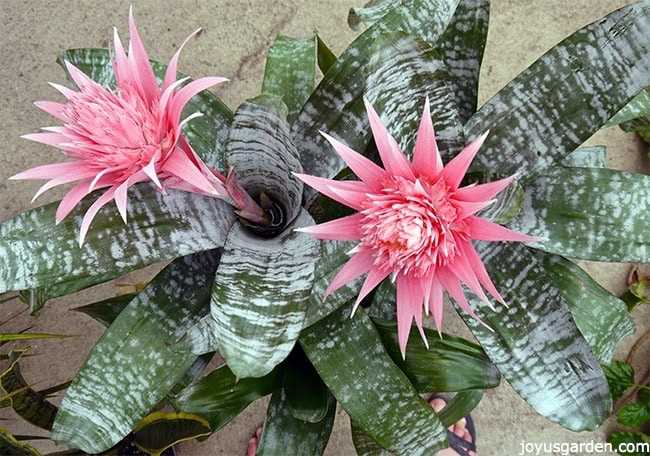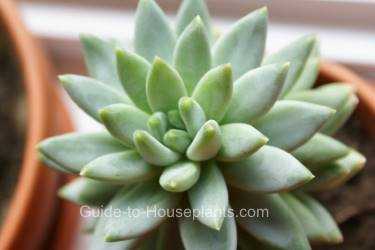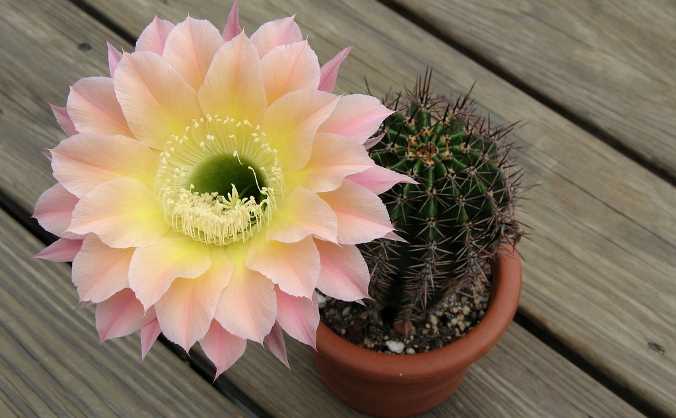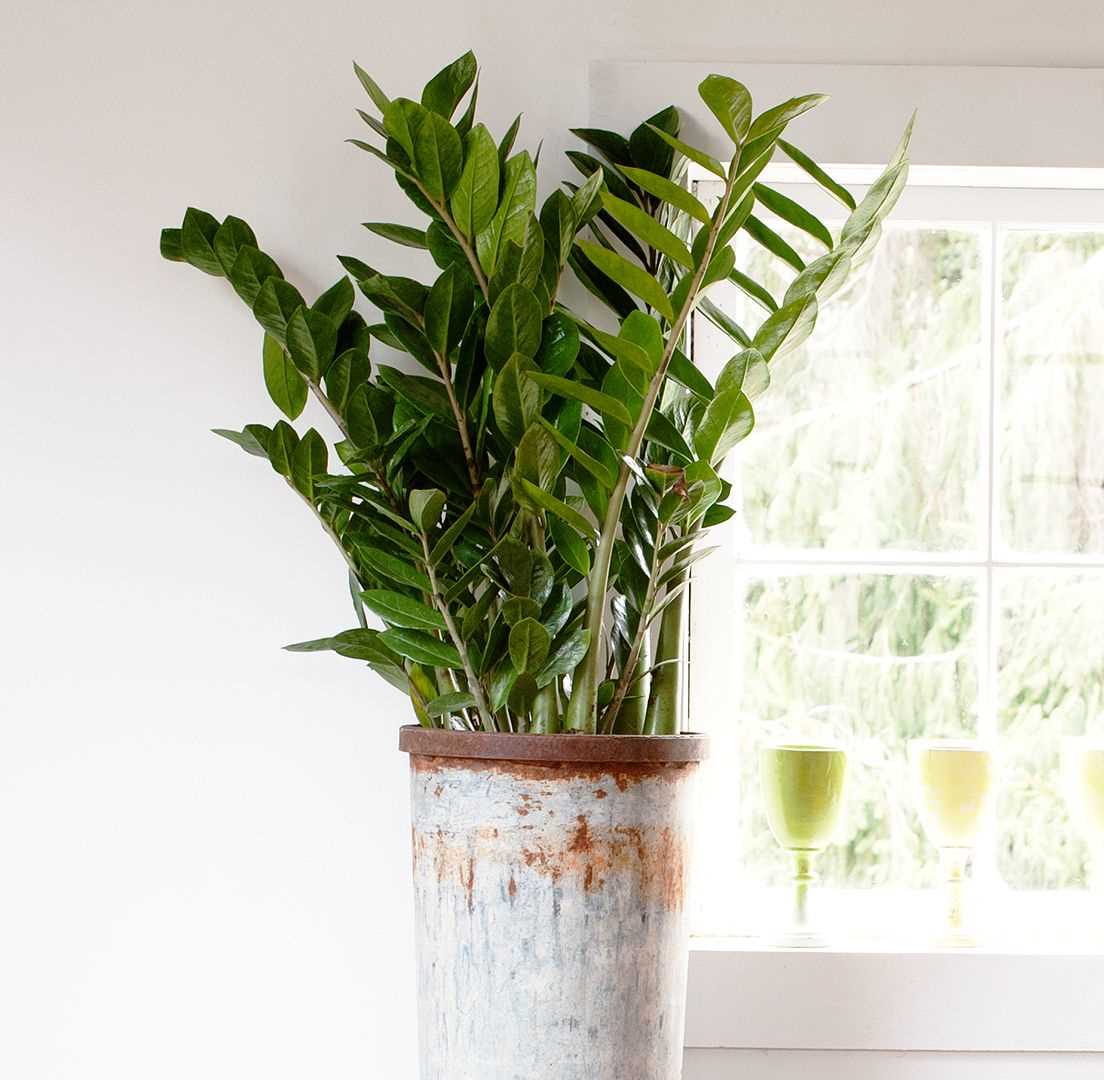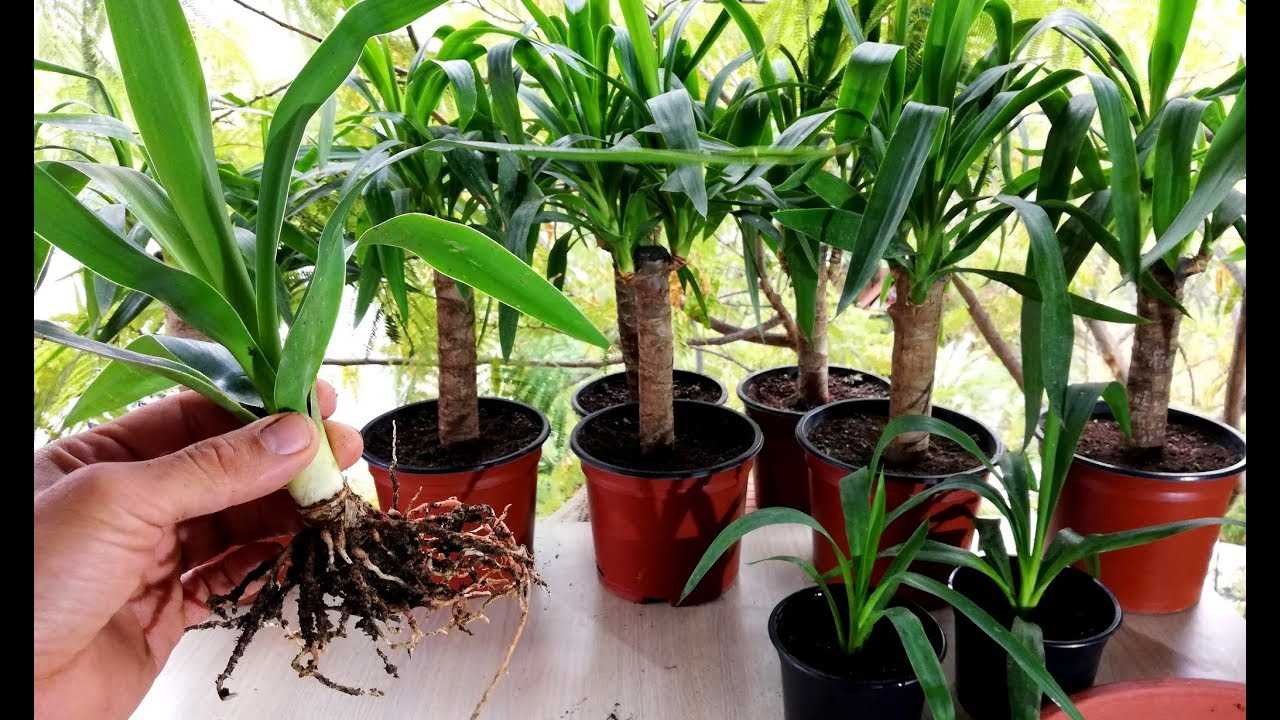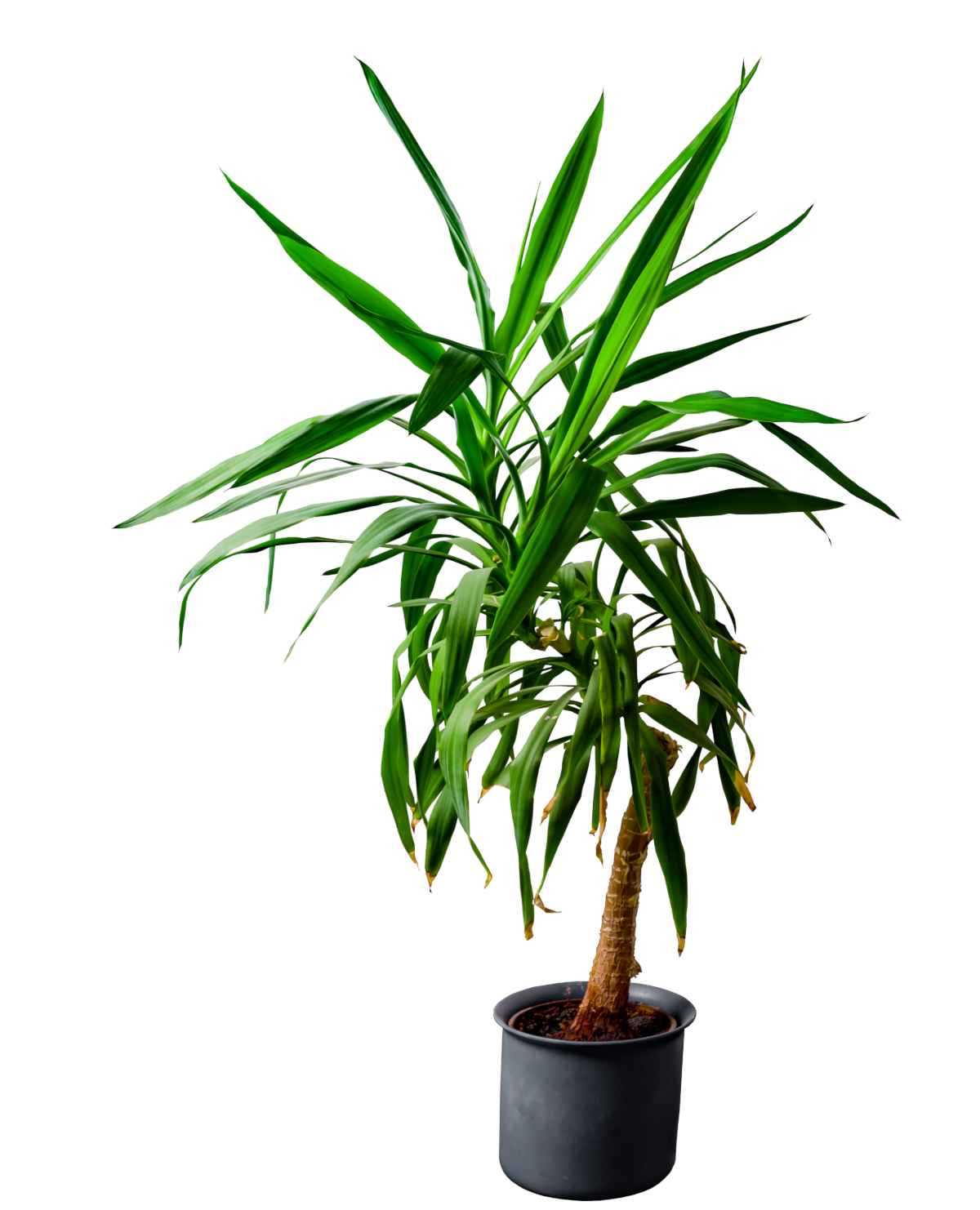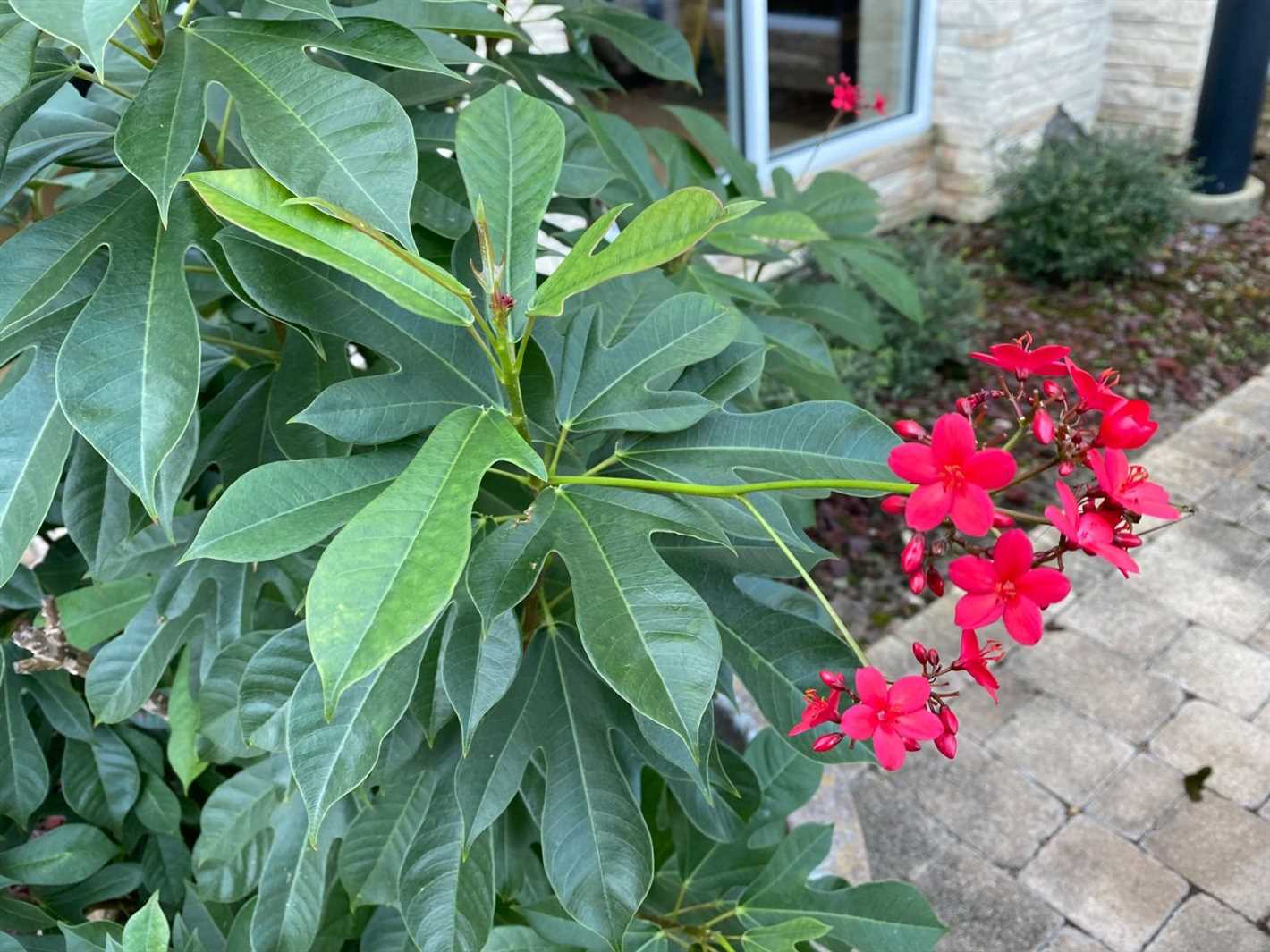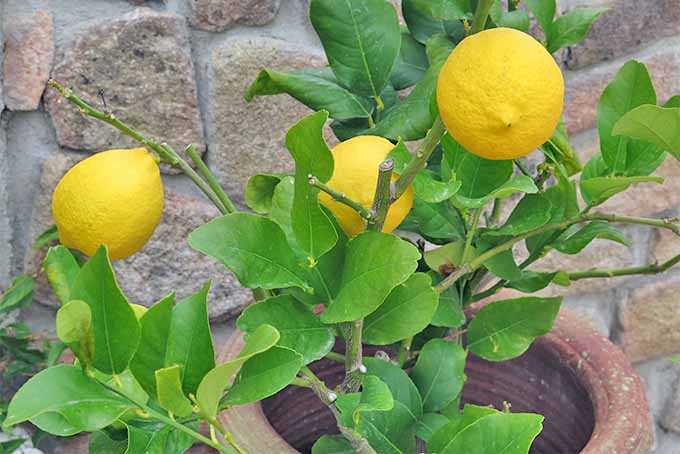- Oleander Care: Tips for Growing and Maintaining
- Choosing the Right Location for Oleander
- Watering and Fertilizing Oleander
- Watering Tips:
- Fertilizing Tips:
- Pruning and Shaping Oleander
- 1. Timing:
- 2. Basic pruning techniques:
- 3. Shaping:
- 4. Size control:
- 5. Safety precautions:
- Common Pests and Diseases of Oleander
- Pests:
- Diseases:
- Popular Oleander Species and Varieties
- 1. Nerium oleander
- 2. Nerium oleander ‘Petite Pink’
- 3. Nerium oleander ‘Sister Agnes’
- 4. Nerium oleander ‘Apricot’
- 5. Nerium oleander ‘Variegata’
- 6. Nerium oleander ‘Hardy Pink’
- Captivating Photos of Oleander
- Q&A:
- How often should I water my oleander plant?
- Can oleander plants tolerate cold temperatures?
- What kind of soil does oleander prefer?
- How tall can an oleander plant grow?
- How often should I fertilize my oleander plant?
- Are oleander plants toxic?
- Can I propagate oleander plants from cuttings?
- Video: How to grow oleander from cuttings easy way (with full update)
Oleander, also known as Nerium, is a versatile and beautiful flowering plant that is popular in gardens and landscapes around the world. With its vibrant blooms and hardy nature, it is no wonder that oleander is a favorite among both amateur and professional gardeners.
One of the key reasons why oleander is so popular is its low maintenance requirements. This plant is incredibly resilient and can survive in a variety of climates and soil conditions. Whether you live in a hot and dry region or a cooler area with more rainfall, oleander can thrive. Additionally, oleander is known for its drought tolerance, making it an excellent choice for gardeners who live in areas with water restrictions.
Another reason why oleander is so beloved is its stunning flowers. These flowers come in a wide range of colors, including pink, white, red, and yellow, and are known for their sweet fragrance. The flowers are usually cup-shaped and bloom in clusters, creating a dramatic display that can last for several months. When planted in groups or used as a focal point in a garden, oleander can create a visually striking and vibrant scene.
While oleander is relatively easy to care for, it is important to note that all parts of the plant are toxic if ingested, so caution should be exercised around children and pets. Additionally, some individuals may develop skin irritation or an allergic reaction when in contact with oleander. It is advisable to wear gloves and protective clothing when handling the plant.
If you are considering adding oleander to your garden or landscape, there are several different species and cultivars to choose from. Some of the most popular varieties include the common oleander (Nerium oleander), the dwarf oleander (Nerium oleander ‘Petite Pink’), and the double oleander (Nerium oleander ‘Double Pink’). Each variety has its own unique characteristics and features, so take the time to research and select the one that best fits your needs and preferences.
Overall, oleander is a stunning and versatile plant that can add beauty and fragrance to any garden or landscape. Its low maintenance requirements, drought tolerance, and wide range of color options make it a popular choice among gardeners. However, it is important to exercise caution when handling oleander and to be aware of its toxic properties. With proper care and attention, oleander can thrive and become a focal point in your outdoor space.
Oleander Care: Tips for Growing and Maintaining
- Light: Oleanders prefer full sun, so it is best to place them in a location where they can receive at least 6-8 hours of direct sunlight each day.
- Soil: These plants are not too picky about soil type, but a well-draining soil is important. A sandy or loamy soil with good drainage is ideal.
- Watering: Oleanders are drought-tolerant once established, but they still require regular watering until they are well-rooted. Water deeply and allow the soil to dry out slightly between waterings.
- Fertilizer: Fertilize oleanders in the spring with a balanced, slow-release fertilizer. Repeat every 6-8 weeks throughout the growing season to promote healthy growth and abundant flowering.
- Pruning: It is best to prune oleanders in early spring before new growth begins. Remove any dead or damaged branches, as well as any crossing or overcrowded branches. This will help maintain a neat and compact shape.
- Pest and Disease Control: Oleanders can be susceptible to pests, such as aphids, mites, and scale insects. Regularly inspect your plants for any signs of infestation and take appropriate measures, such as using insecticidal soap or neem oil, to control the pests.
- Propagation: Oleanders can be propagated from cuttings. Take 4-6 inch long stem cuttings in the spring or early summer and root them in a well-draining potting mix. Keep the cuttings in a warm and humid environment until they develop roots.
- Winter Care: Oleanders are hardy in USDA zones 8-10. In colder climates, they can be grown in containers and brought indoors during winter. Place them in a bright and cool location, away from drafts. Water sparingly during the dormant period.
Choosing the Right Location for Oleander
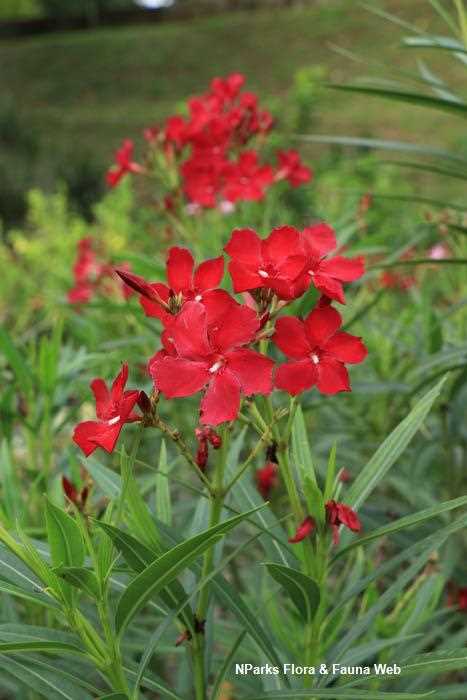
- Oleander plants thrive in areas with full sun or partial shade. Choose a location that receives at least six hours of direct sunlight per day.
- Ensure that the soil in the selected location is well-draining. Oleander plants do not tolerate wet feet and may suffer from root rot if planted in overly moist soil.
- Consider the climate of your region when choosing a location for oleander. These plants are best suited for warm and temperate climates, as they can be sensitive to cold temperatures.
- Avoid planting oleander in areas that experience strong winds, as the branches of these plants are brittle and may break easily in windy conditions.
- When selecting a location for oleander, keep in mind that the plant can grow quite large. Leave enough space between the plants and other structures or plants to accommodate their mature size.
By choosing the right location for your oleander plants, you can ensure optimal growth and health for these beautiful flowering shrubs. Consider the sunlight, soil drainage, climate, wind exposure, and available space when deciding where to plant your oleanders.
Watering and Fertilizing Oleander
Oleander plants require regular watering to thrive, especially during dry periods. Here are some tips for watering and fertilizing your oleander:
Watering Tips:
- Water your oleander plants deeply and thoroughly, allowing the soil to become saturated.
- Make sure the soil is well-draining to prevent waterlogging, which can lead to root rot.
- Water the plants at the base, avoiding wetting the foliage as this can lead to disease.
- During hot summer months, oleander plants may require more frequent watering.
- Monitor the soil moisture level and adjust the watering schedule accordingly.
Fertilizing Tips:
- Feed your oleander plants with a balanced fertilizer specifically designed for flowering shrubs.
- Apply the fertilizer in early spring, just before the start of the growing season.
- Follow the instructions on the fertilizer packaging for the correct dosage and application method.
- Avoid over-fertilizing, as this can lead to excessive foliage growth at the expense of flowers.
- Reapply the fertilizer every 4-6 weeks during the growing season to promote healthy growth and abundant blooms.
By providing adequate water and regular fertilization, you can ensure that your oleander plants remain healthy and vibrant throughout the year.
Pruning and Shaping Oleander
Oleanders are versatile plants that can be pruned and shaped to suit your preferences and needs. Pruning not only helps to maintain the shape and size of the plant, but it also promotes healthy growth and improves flowering. Here are some tips on how to prune and shape your oleander:
1. Timing:
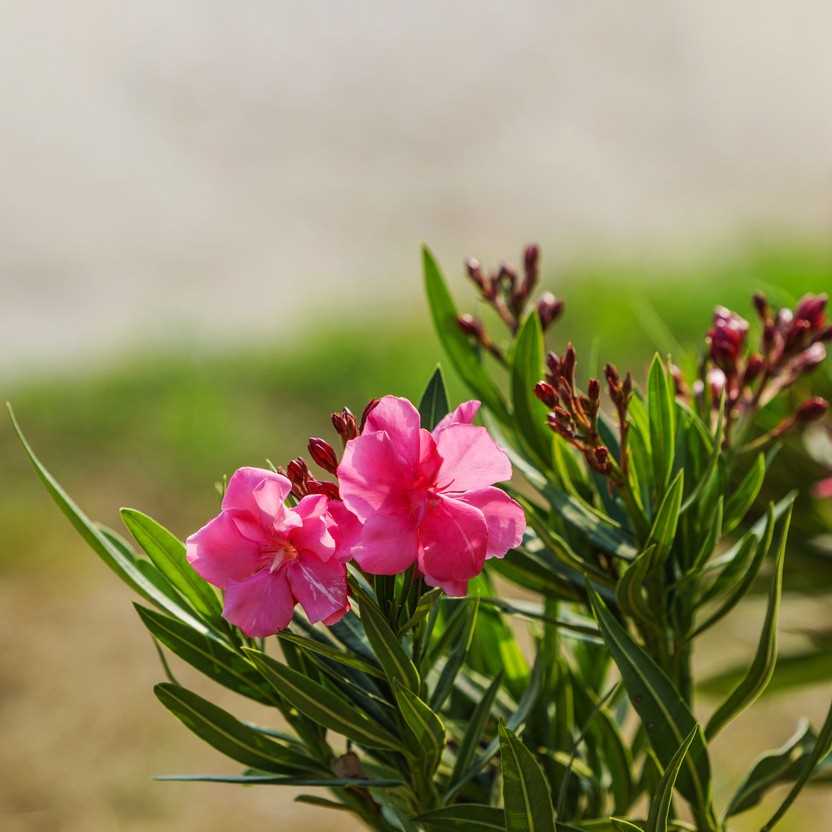
The best time to prune oleanders is in late winter or early spring, before new growth starts. This allows the plant to recover quickly and stimulates new growth for the upcoming flowering season.
2. Basic pruning techniques:
When pruning oleanders, make sure to use sharp, clean pruning shears. Remove any dead or diseased wood, as well as any crossing branches that may be rubbing against each other. Cut the branches back to just above a bud or lateral branch. This will encourage branching and create a fuller, more compact growth.
3. Shaping:
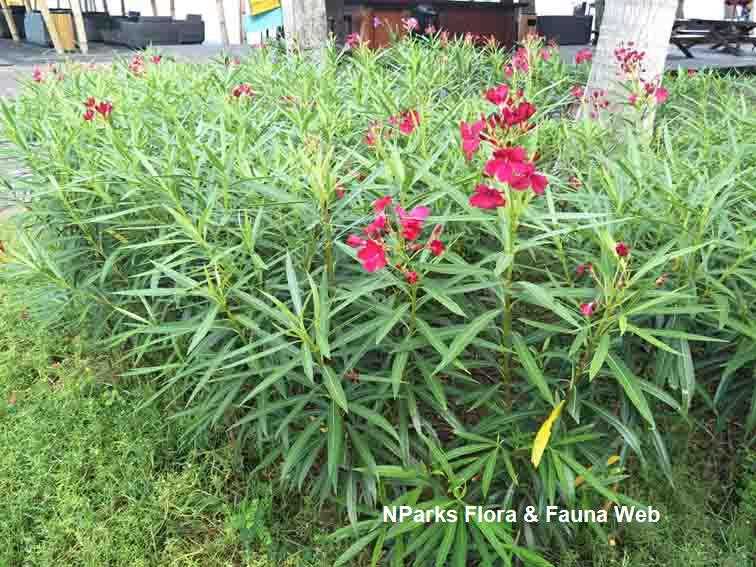
Oleanders can be shaped into different forms, including hedges, standards, and shrubs. To shape your oleander into a hedge, prune it regularly to maintain a desired height and width. For a standard oleander, prune off any branches growing from the base of the plant to create a clean trunk and a rounded, ball-shaped crown. To maintain a shrub-like appearance, prune the plant to create a natural, bushy shape.
4. Size control:
If your oleander has outgrown its space, you can prune it back more severely to control its size. However, keep in mind that oleanders can tolerate heavy pruning, but it may take some time for the plant to recover and produce new growth.
5. Safety precautions:
When pruning oleanders, it is important to wear gloves and protective clothing, as the plant contains toxic sap that can irritate the skin and cause allergic reactions. Avoid inhaling the sap or getting it in your eyes. If you have a large oleander that requires extensive pruning, it may be best to hire a professional arborist.
Remember to always clean and disinfect your pruning tools after each use to prevent the spread of diseases.
Common Pests and Diseases of Oleander
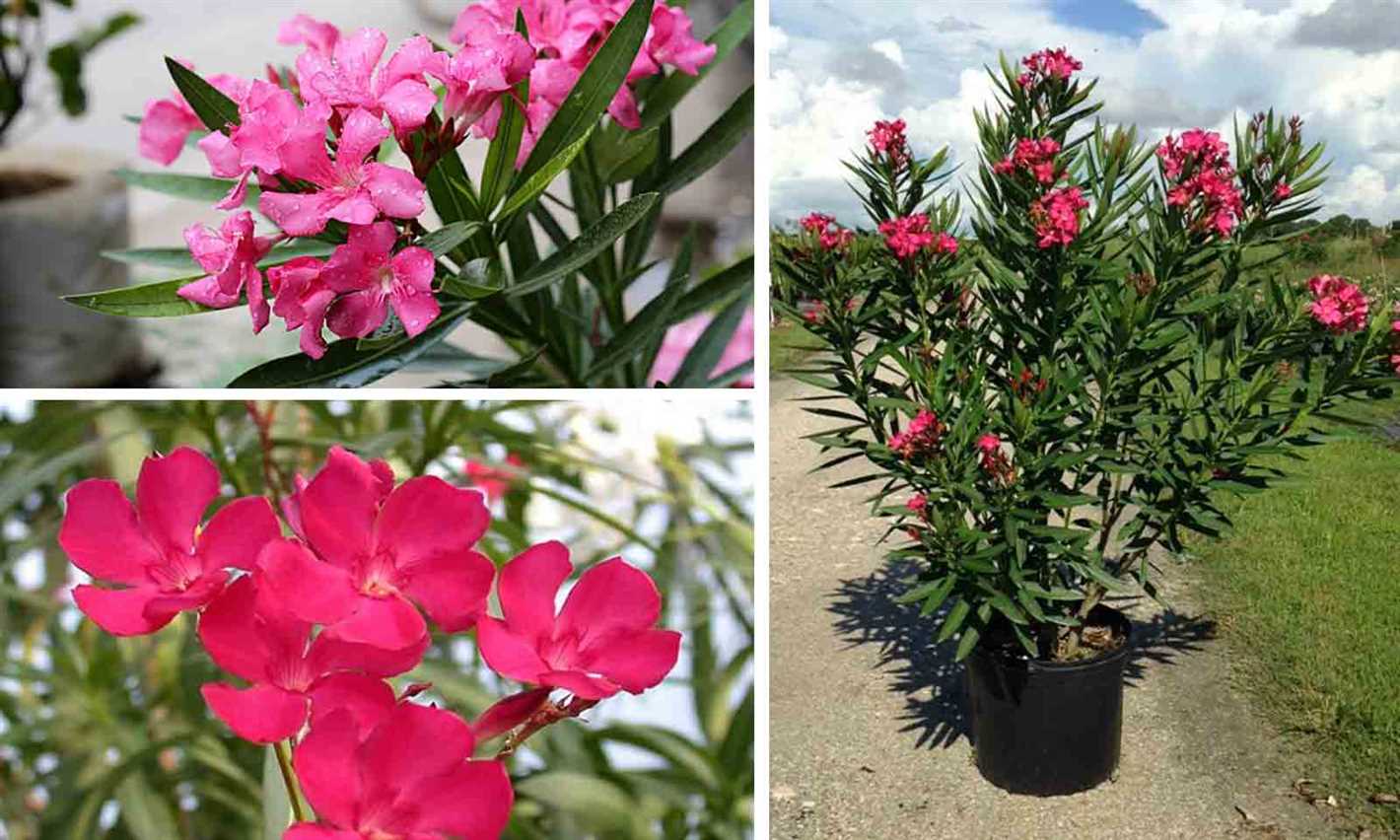
Pests:
- Oleander Aphids: These tiny insects suck the sap from the leaves, causing them to curl and turn yellow. They can be controlled with insecticidal soap or horticultural oil.
- Oleander Caterpillars: These caterpillars feed on the leaves of the oleander, causing extensive damage. They can be removed by hand or controlled with insecticides labeled for caterpillar control.
- Oleander Scale: These small, oval-shaped insects attach themselves to the stems and leaves, sucking the sap from the plant. They can be controlled with insecticidal soap or horticultural oil.
- Spider Mites: Spider mites are a common pest of oleander, causing leaves to turn yellow and develop a stippled appearance. They can be controlled with insecticidal soap or horticultural oil.
Diseases:
- Oleander Leaf Scorch: This disease is caused by a bacterium and leads to the yellowing, browning, and wilting of the leaves. There is no cure for oleander leaf scorch, and infected plants should be removed to prevent the spread of the disease.
- Leaf Spot: Leaf spot is a fungal disease that causes small, dark spots to appear on the leaves. The infected leaves may eventually drop from the plant. Fungicides labeled for leaf spot control can be used to manage the disease.
- Rust: Rust is a fungal disease that causes orange-brown pustules to appear on the leaves. Fungicides labeled for rust control can be used to manage the disease.
- Root Rot: Root rot is a common problem in oleanders caused by overwatering or poorly-drained soil. Infected plants may wilt, lose leaves, and eventually die. Managing root rot involves improving soil drainage and reducing watering frequency.
Popular Oleander Species and Varieties
The oleander plant (Nerium) is known for its vibrant flowers and ability to thrive in warm climates. There are several popular species and varieties of oleander, each with its own unique characteristics.
1. Nerium oleander
Nerium oleander is the most common and widely cultivated species of oleander. It is native to the Mediterranean region and is known for its large, showy flowers in shades of pink, red, white, and yellow. This species can grow up to 20 feet tall and is highly tolerant of drought and salt spray.
2. Nerium oleander ‘Petite Pink’
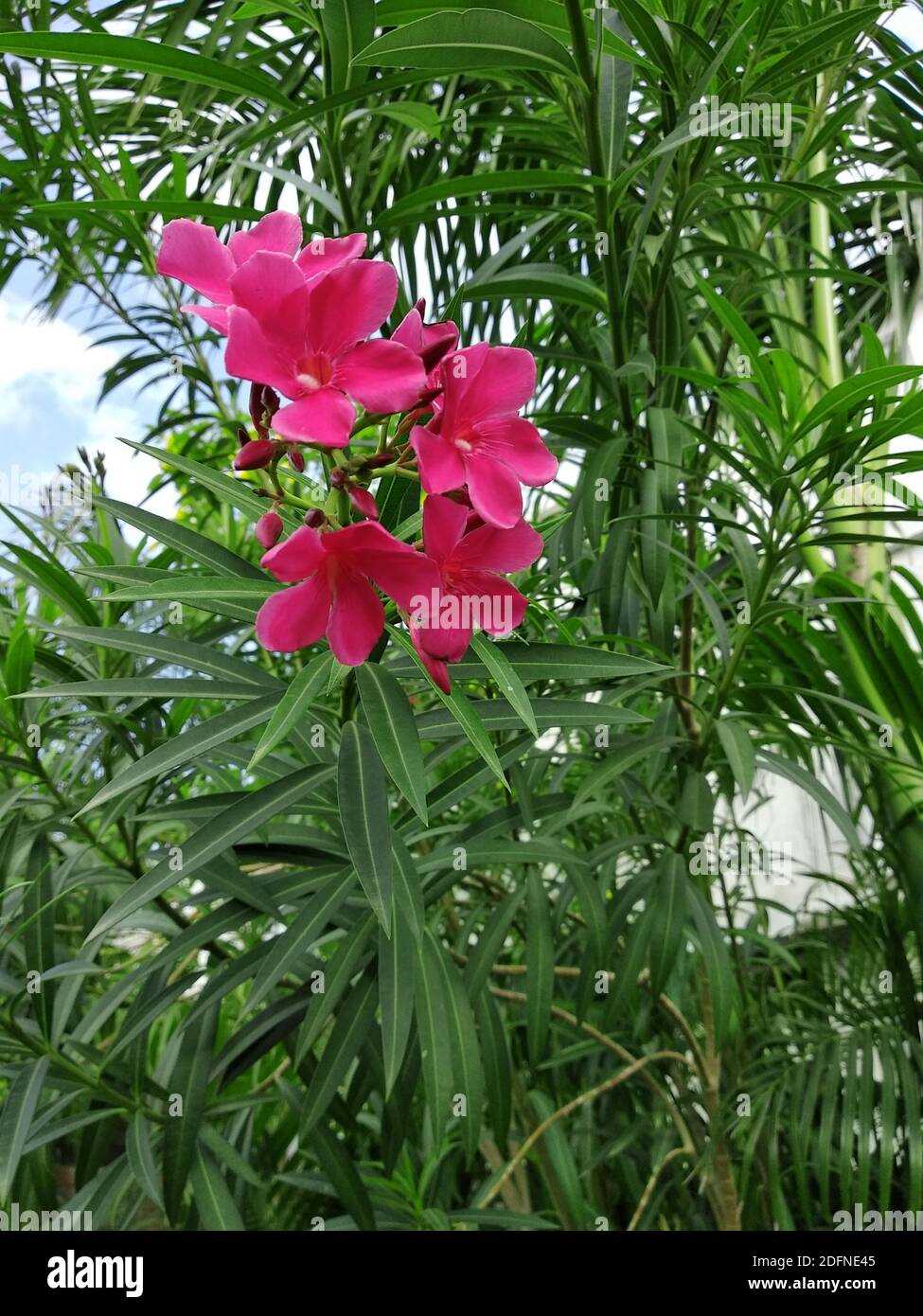
‘Petite Pink’ is a compact variety of Nerium oleander that grows to a height of only 2-3 feet. It features small, pink flowers and is often used as a border or container plant. This variety is highly resistant to disease and is a popular choice for small gardens or urban landscapes.
3. Nerium oleander ‘Sister Agnes’
‘Sister Agnes’ is a unique variety of Nerium oleander that features variegated leaves. The leaves have a creamy white margin, which adds an interesting contrast to the plant’s dark green foliage. This variety produces pink to red flowers and is a favorite among gardeners looking for a tropical look.
4. Nerium oleander ‘Apricot’
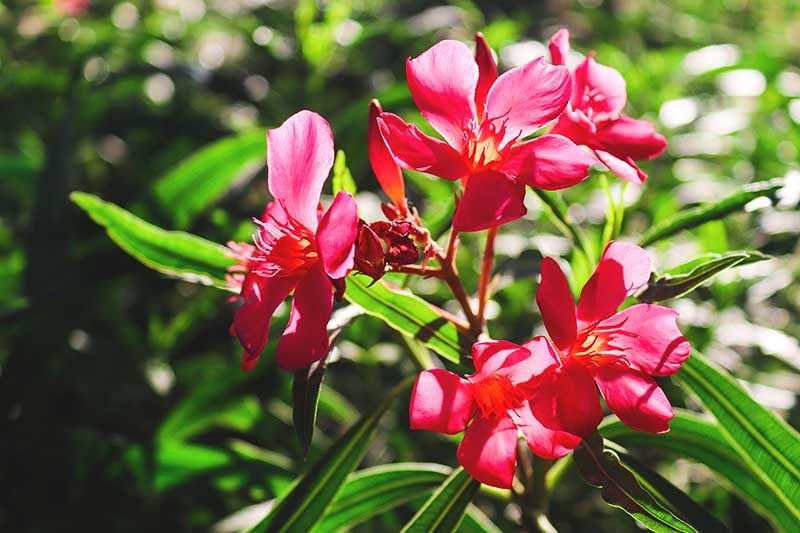
‘Apricot’ is a variety of Nerium oleander that features apricot-colored flowers. This variety is known for its strong fragrance and is often used in perfumes and essential oils. It can reach a height of 6-8 feet and is a popular choice for adding color and fragrance to gardens.
5. Nerium oleander ‘Variegata’
‘Variegata’ is a variegated form of Nerium oleander that features green leaves with creamy white stripes. This variety produces pink flowers and is highly prized for its unique foliage. ‘Variegata’ can grow up to 10 feet tall and is often used as a striking focal point in gardens.
6. Nerium oleander ‘Hardy Pink’

‘Hardy Pink’ is a cold-hardy variety of Nerium oleander that can withstand temperatures as low as -10°F (-23°C). It features pale pink flowers and can grow up to 12 feet tall. This variety is a favorite among gardeners in colder climates who want to enjoy the beauty of oleander.
These are just a few examples of the many species and varieties of oleander available to gardeners. Whether you choose a traditional form or a unique variety, oleander is sure to add beauty and color to your landscape.
Captivating Photos of Oleander
The oleander plant, also known as Nerium, is a visually stunning flowering shrub that boasts beautiful clusters of flowers in various colors. Here are some captivating photos of the oleander that showcase its beauty:
1. Pink Oleander

The pink oleander variety is one of the most popular choices for gardeners. Its vibrant pink flowers create a striking contrast against the plant’s dark green foliage.
2. White Oleander

The white oleander is a classic choice for a garden. Its pure white flowers symbolize purity and innocence, making it an elegant addition to any landscape.
3. Red Oleander

The red oleander is a bold and fiery choice. Its intense red flowers make a powerful statement and can add a pop of color to any garden or outdoor space.
4. Yellow Oleander

The yellow oleander variety brings a touch of sunshine to any garden. Its bright yellow flowers are reminiscent of sunny days and can instantly uplift the mood of any landscape.
These captivating photos of oleander showcase the plant’s diverse colors and highlight its beauty. Whether you prefer the vibrant pinks, the classic whites, the bold reds, or the cheerful yellows, oleander is sure to bring a touch of elegance and charm to any garden.
Q&A:
How often should I water my oleander plant?
Oleander plants should be watered regularly, especially during hot and dry periods. It is important to keep the soil evenly moist, but not soggy. Water the plant deeply once or twice a week, allowing the excess water to drain away.
Can oleander plants tolerate cold temperatures?
Oleander plants are not very cold-hardy, and they can be damaged or even killed by freezing temperatures. It is best to bring the plant indoors or protect it with a frost cloth or mulch when the temperatures drop below 30 degrees Fahrenheit (-1 degree Celsius).
What kind of soil does oleander prefer?
Oleander plants prefer well-draining soil that is slightly acidic to slightly alkaline (pH 6.0-8.0). A mix of sandy and loamy soil with good drainage is ideal. Adding organic matter, such as compost, to the soil can improve its texture and fertility.
How tall can an oleander plant grow?
Oleander plants can grow up to 6-12 feet (1.8-3.6 meters) tall. However, there are dwarf varieties available that stay smaller, reaching a height of around 3-5 feet (0.9-1.5 meters). The height of the plant can also be controlled through pruning.
How often should I fertilize my oleander plant?
Oleander plants benefit from regular fertilization during the growing season, which is spring and summer. Use a balanced slow-release fertilizer formulated for flowering plants, following the package instructions. Apply the fertilizer every 4-6 weeks to promote healthy growth and blooming.
Are oleander plants toxic?
Yes, oleander plants are highly toxic if ingested. All parts of the plant contain toxic compounds called cardiac glycosides, which can cause severe poisoning if consumed. It is important to keep the plant out of reach of children and pets, and to be cautious when handling it.
Can I propagate oleander plants from cuttings?
Yes, oleander plants can be propagated from stem cuttings. Take 6-8 inch (15-20 cm) long cuttings from healthy, non-flowering stems in the spring or early summer. Remove the lower leaves, dip the cut end in rooting hormone, and plant the cutting in well-draining soil. Keep the soil moist and provide indirect light until the cutting develops roots.
Video:
How to grow oleander from cuttings easy way (with full update)
